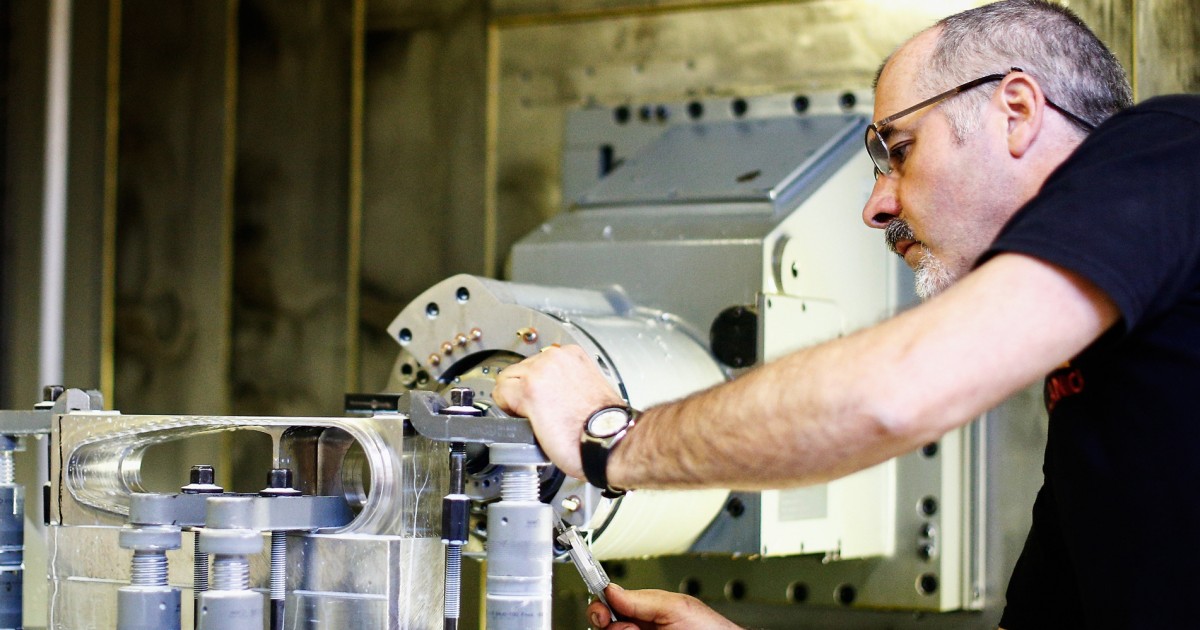
LiOH Canister
A LiOH canister is a device used in spacecraft to remove carbon dioxide from the air. It contains lithium hydroxide (LiOH) which reacts with carbon dioxide (CO2) to form lithium carbonate (Li2CO3) and water (H2O). The canister is designed to be replaceable and is typically located in the Environmental Control and Life Support System (ECLSS) of the spacecraft. The removal of carbon dioxide is important for maintaining a habitable environment for the crew. The LiOH canister was famously used in the Apollo 13 mission to remove excess carbon dioxide after an explosion damaged the spacecraft.
Your Previous Searches
Random Picks
- RTGs: RTGs (Radioisotope Thermoelectric Generators) are devices that generate electrical power from the heat produced by the natural decay of radioactive isotopes. They are commonly used in space missions where solar power is not feasible, such a ... Read More >>
- Fossil: In space and astronautical engineering, a fossil refers to any object or material that has been left behind by a previous mission or spacecraft. These can include pieces of hardware, debris, or even scientific instruments that were not reco ... Read More >>
- Communication Channel: In space and astronautical engineering, a communication channel refers to the medium through which information is transmitted between spacecraft, ground stations, and other space-based assets. Communication channels can be established using ... Read More >>
Top News

A day at Uranus just got 28 seconds longer...
A day at Uranus just got a little longer...
News Source: ABC News on 2025-04-07

SpaceX's Fram2 returns from first-of-its-kind mission around Earth's poles...
The Fram2 mission, paid for and led by a cryptocurrency billionaire who is flying with three guests, has returned after a journey on a unprecedented polar orbit....
News Source: CNN on 2025-04-04

Scientists release plans for an even bigger atom smasher to address the mysterie...
GENEVA — Top minds at the world’s largest atom smasher have released a blueprint for a much bigger successor that could vastly improve research into the remaining enigmas of physics....
News Source: NBC News on 2025-04-01

Scientists release plans for even bigger atom smasher along the French-Swiss bor...
Scientists at the world’s largest atom smasher have released a blueprint for a much bigger successor that could help solve enigmas of physics, starting in the mid-2040s at a cost of about $16 billio...
News Source: ABC News on 2025-04-01

The 'Blaze Star' hasn't exploded yet, but it could soon...
T Coronae Borealis has an outburst every 79 to 80 years, according to NASA....
News Source: ABC News on 2025-03-28